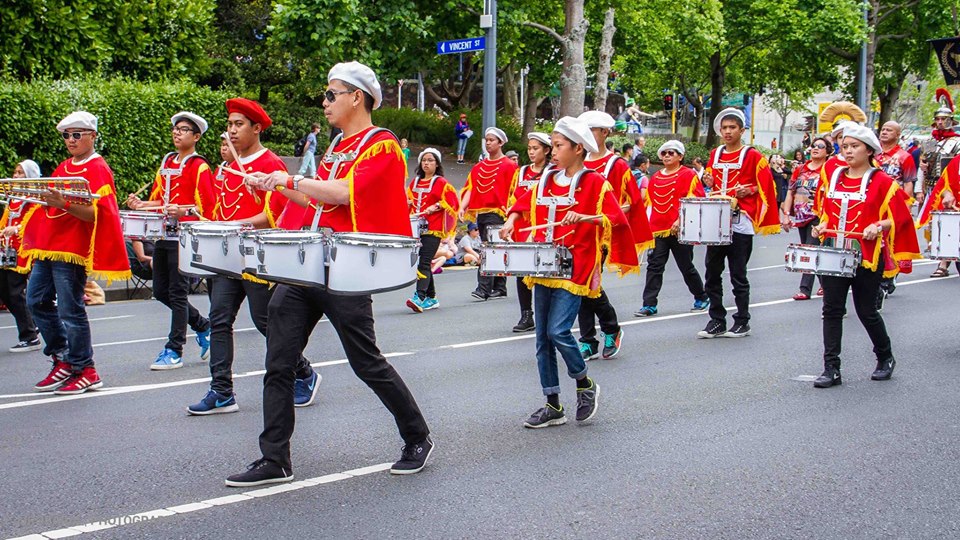It is told that when, in the days of Legaspi, the capital was moved from Cebu to Manila, the authorities decreed that the image of the Sto. Nino should also be moved to the new capital.
So, the image was crated and shipped to manila, but the crate arrived there empty. The image miraculously disappeared, reappearing in its shrine in Cebu. It was recreated, and the crate placed inside another box, and then shipped to manila. Again, the boxes arrived in Manila empty. The image was crated a third time, and the crate placed not in one but in two boxes – but in vain. The Santo Nino was back in Cebu.
Eventually, the shippers sent the image out in a series of Chinese boxes, one inside another, with the seventh and inner-most box containing the image. In this manner, the image arrived in Manila and was enthroned in the Augustinian church of the capital city. The image, however, kept disappearing from the Augustinian church and reappearing in its shrine in Cebu. And so, it is told, the Manila Augustinians decided to cut off one of the Holy Child’s legs to stop it from escaping and returning to Cebu. This proved of no avail. The Santo Nino still kept on returning to Cebu
Manila finally gave up and Cebu kept its little Lord. Today, it is said, one can still notice how unevenly the Santo Nino stands. It is a sign of how, at one time, it had been amputated to keep it from returning to its beloved home.
In other versions of this story, the image was shipped not to Manila but to Spain. Whatever the version, however, it is a story told to show how intimately wedded to each other Cebu and the Santo Nino have become.








